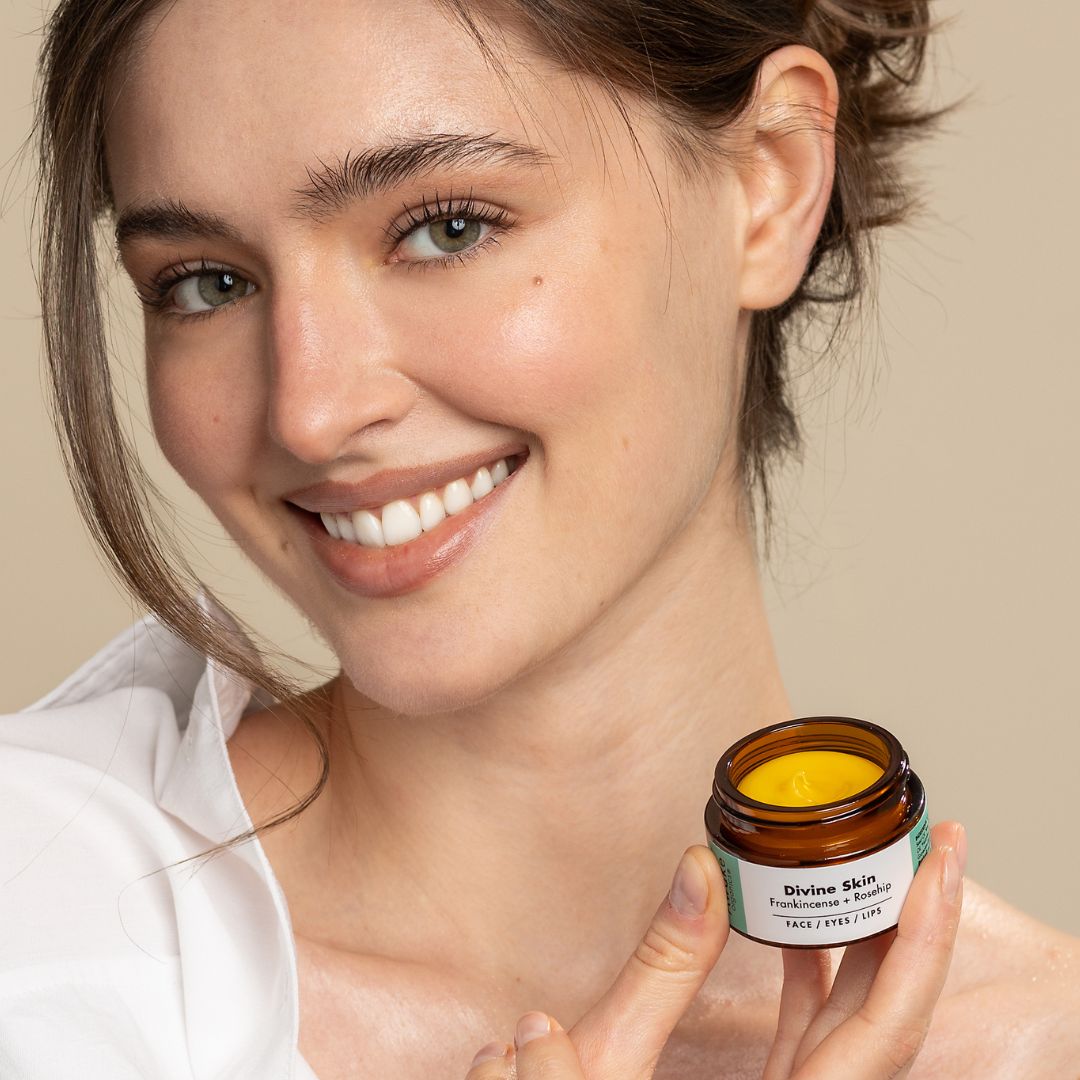does aluminium cause breast cancer?
In 2012, studies started making their way to the mainstream media and they had some unsettling findings. Several studies reported that common ingredients in conventional deodorant and antiperspirant could be harming women's health. Specifically, women who use aluminium-based antiperspirant and deodorant could have a higher chance of developing breast cancer. Over a decade later, and we still don't have a definitive answer to the question, "does aluminium cause breast cancer?"

what's in your deodorant?
If you're wondering if deodorant and antiperspirant containing aluminium is safe to use, you're not alone. While no studies have shown a direct causal link between the use of aluminium-based personal care products and a higher rate of breast cancer, "Safe Limits" of ingredients in question continue to be challenged.
[caption id="attachment_41918" align="aligncenter" width="766"] The Cosmetic Products (Safety) Regulations 2008. Schedule 4, Part 1.[/caption]
The Cosmetic Products (Safety) Regulations 2008. Schedule 4, Part 1.[/caption]"Safe Limits" are the maximum allowed concentration of certain ingredients that can be used in a cosmetic formulation without rendering the product toxic to humans. All ingredients in cosmetics must be considered safe in order to pass the stringent cosmetic safety assessments required by law in the UK. If an ingredient is found to be unsafe for use in a cosmetic product, it will be banned for use in the UK.
The problem with this approach is two-fold. (probably more, but we don't have all day)
1) Safe limits do not take into account the bioaccumulation factor, which is chemical accumulation in the body due to frequency of exposure, co-mingling ingredients after multiple product use, and the potential for persistence.
2) Sometimes they get it wrong. Safe Limits are continuously challenged as we become more informed through scientific advancement. Polyfluoroalkyl substances (PFAS) are a shining example of a group of synthetic chemicals that are legally permitted for use in cosmetics in the UK, but have also been under investigation due to safety concerns since 2021.
It's a fact that women and young girls are exposed to more harmful synthetic chemicals on a daily basis than any other group of people. Perhaps this will change as men and boys take to cosmetics with interest. But for decades, females have taken the brunt. The long-term effect of low (a.k.a. safe), daily exposure to many synthetic ingredients is still being studied, and results are slow to come out.
Endocrine disruptors
Many off-the-shelf deodorants and hair dyes contain synthetic chemicals that stay on your skin and scalp after you shower, including aluminium, triclosan, phthalates, parabens, propylene glycol and formaldehyde. These chemicals are absorbed into your bloodstream and, although you may not be able to detect them, they cling to your skin for another to 24 hours.
Parabens and phthalates are known endocrine disruptors (often referred to as oestrogen-mimickers or xenoestrogens), and others, like aluminium, accumulate in your body over the course of your life. Lifetime over-exposure to oestrogen is an established risk factor for breast cancer in both men and women. Children and teenagers are even more susceptible to xenoestrogens than adults.

Aluminium and disease
Aluminium salts are used in conventional deodorant because they dissolve on the skin, “melting” into the pores until it is completely absorbed into your bloodstream. This blocks sweat glands and inhibits one of your body's best natural detoxification processes: sweating. Studies show that six, yes SIX, times more aluminium is absorbed into the bloodstream after shaving. This is because we get teeny, tiny micro-cuts from the razor blade.
According to Breast Cancer UK, aluminium has been measured in human breast tissue, breast cysts and nipple fluid. In nipple fluids, levels of aluminium were higher in women with breast cancer than those without.
[caption id="attachment_41920" align="aligncenter" width="400"] Breast Cancer UK, Aluminium Salts as Antiperspirants[/caption]
Breast Cancer UK, Aluminium Salts as Antiperspirants[/caption]Aluminium accumulates in the kidneys, brain, lungs, liver and thyroid. Lifetime over-exposure to aluminium has also been linked to neurological diseases, including Alzheimer’s and Parkinson’s disease.
Back to the original question, "does aluminium cause breast cancer?" For now, you’ll have to decide for yourself. As for us, we're erring on the side of caution.
the end.
References:
- 1. Breast Cancer UK, Short Briefing | Aluminium Salts as Antiperspirants
- 2. risk assessment for aluminium in cosmetics
- 3. Oestrogenic Chemicals in Cosmetics Affect Breast Cancer in Women
- 4. Endocrine Disruptors Explained
- 5. PFAS Under UK Investigation
- 6. The UK Cosmetic Products (Safety) Regulations 2008SaveSave
SaveSaveSaveSave
SaveSave
SaveSave



